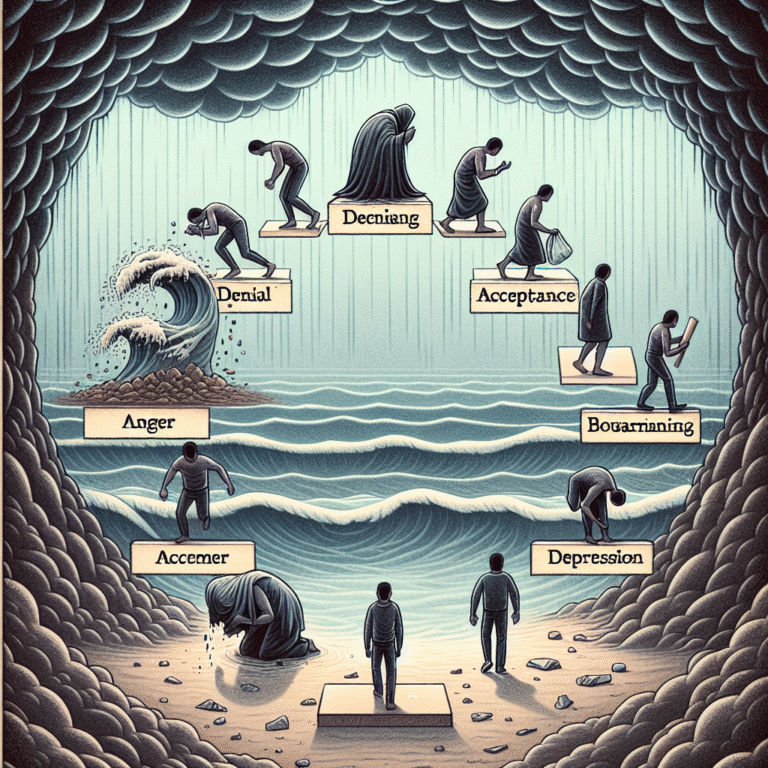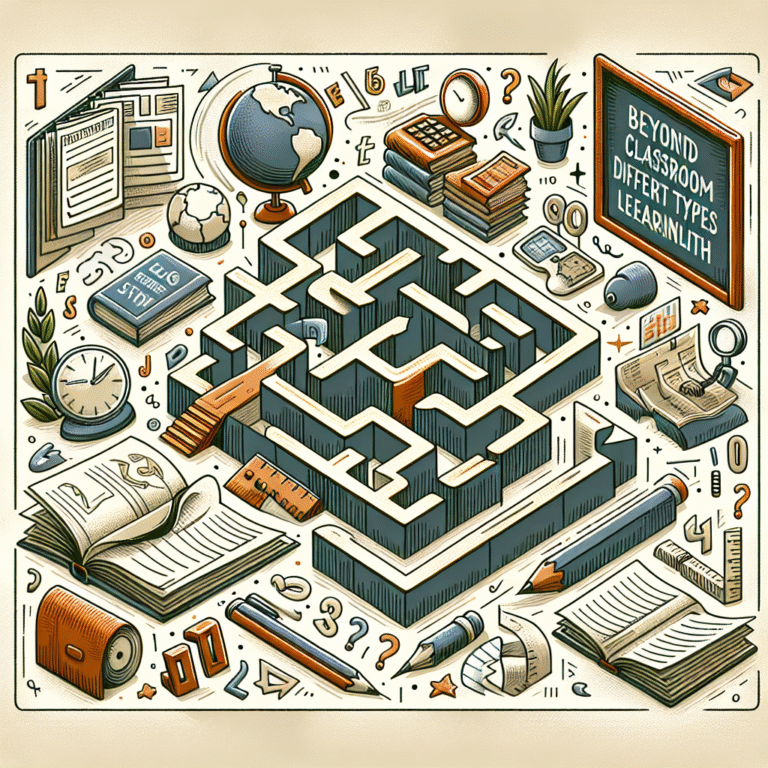
CBT Demystified: Your Path to Mental Wellness
Introduction
In a world increasingly fraught with challenges, the quest for mental wellness is more critical than ever. Individuals grapple with a range of mental health issues, from anxiety and depression to stress and relational difficulties. While there are various avenues to seek help, one therapeutic approach stands out as both accessible and effective: Cognitive Behavioral Therapy, or CBT. You might be wondering, “What exactly is CBT, and how can it pave your path to mental wellness?” Well, you’re in the right place. This article aims to clarify and demystify CBT, offering you not just insights but a comprehensive understanding that can empower your journey toward mental health.
What is CBT?
Cognitive Behavioral Therapy is a structured, time-limited psychotherapeutic approach that targets the connections between our thoughts, feelings, and behaviors. Derived from the idea that our cognition—how we think—shapes our emotional responses and actions, CBT operates on the premise that modifying unhelpful thinking patterns can lead to positive emotional and behavioral changes.
The Mechanisms of CBT
CBT operates through a series of methods, including:
- Cognitive Restructuring: Identifying and challenging negative thought patterns.
- Behavioral Activation: Encouraging engagement in rewarding activities to combat depression.
- Exposure Therapy: Gradual exposure to fear-inducing situations to reduce anxiety.
- Problem Solving: Developing effective coping strategies for life challenges.
These techniques help you recognize and alter destructive thoughts and behaviors, promoting healthier ones in their place.
The CBT Journey: What to Expect
Embarking on your CBT journey can be both exciting and daunting. Here’s a general overview of what you can expect when you start therapy.
Finding the Right Therapist
The first step on your path to mental wellness involves finding a qualified CBT therapist. Look for someone with credentials and experience in cognitive-behavioral techniques, as choosing the right therapist is pivotal for your therapeutic success.
Initial Sessions: Understanding Your Needs
Your first few sessions will likely involve assessments and discussions about your personal history, concerns, and goals. This foundational work helps tailor CBT to your specific circumstances. The keyword “CBT demystified: your path to mental wellness” perfectly encapsulates this personalized approach.
Setting Goals and Homework Assignments
CBT is highly goal-oriented. You and your therapist will set achievable goals based on your needs. Expect regular homework assignments designed to practice cognitive restructuring and behavior changes in real-life situations. This active participation enhances your learning and growth.
Progress Evaluation
As therapy progresses, expect periodic reviews to assess your improvements and address any ongoing challenges. This process ensures that you remain on your path to mental wellness, making necessary adjustments along the way.
Real-World Applications: Case Studies
Understanding concepts through real-life examples can demystify CBT further. Here, we explore two case studies that illustrate how CBT serves as a reliable pathway to mental wellness.
Case Study 1: Sarah’s Struggle with Anxiety
Background: Sarah, a 27-year-old graphic designer, struggled with social anxiety, fearing judgment in social settings. She felt paralyzed when attending gatherings, often opting out of social events.
CBT Application: In therapy, Sarah learned to identify her anxious thoughts. Through cognitive restructuring, she challenged the belief that “everyone is judging me.” Her therapist encouraged behavioral activation, prompting her to gradually attend social events with friends.
Outcome: Over time, Sarah reported reduced anxiety levels and an enhanced capability to engage socially, stating, “I finally feel free to be myself around others.”
Analysis: This case highlights how addressing negative thought patterns and gradually confronting fears can drastically improve quality of life.
Case Study 2: Tom’s Battle with Depression
Background: Tom, a 35-year-old school teacher, experienced persistent sadness that interfered with his work and relationships. He felt hopeless and disengaged from activities he once enjoyed.
CBT Application: His therapist utilized behavioral activation techniques, encouraging Tom to reintroduce enjoyable activities into his routine, such as hiking and reading. Simultaneously, they worked on restructuring his negative thoughts about his worth and capabilities.
Outcome: After several months, Tom regained interest in teaching and reported a significant lift in his mood. “I forgot how much I loved hiking,” he reflected in a session.
Analysis: Tom’s journey underscores the importance of both behavioral engagement and cognitive re-evaluation in overcoming depressive symptoms.
Benefits of CBT
The benefits of CBT extend far beyond simply alleviating symptoms. Here are some key advantages associated with this approach:
| Benefit | Description |
|---|---|
| Empowerment | Clients learn skills to manage their thoughts and emotions independently. |
| Time-Efficiency | Typically, CBT requires fewer sessions than other therapeutic modalities. |
| Structured Approach | A clear framework helps clients track their progress effectively. |
| Wide Applicability | CBT is effective for various conditions, from anxiety disorders to eating issues. |
| Skill Development | Clients exit therapy with coping mechanisms for future challenges. |
When considering “CBT demystified: your path to mental wellness,” it’s essential to realize how beneficial this framework can be in leading individuals toward sustained psychological health.
Addressing Common Concerns about CBT
While CBT proves beneficial, individuals often carry misconceptions. Below we address common questions and concerns.
1. How Long Does CBT Take?
CBT is typically short-term, ranging from 6 to 20 sessions. However, this can vary based on individual needs and severity of concerns.
2. Is CBT Effective for Everyone?
While many people experience significant improvements, the efficacy of CBT may depend on individual circumstances. Factors include readiness to engage and personal motivation.
3. What If I Feel Worse During Therapy?
It’s not uncommon to feel more vulnerable or uncomfortable as you delve into challenging thoughts and feelings. This can be a necessary part of healing. Always communicate with your therapist about these feelings.
4. Can I Do CBT on My Own?
Self-help resources can supplement therapy, but working with a professional is recommended to ensure guidance and support through complex thoughts and feelings.
5. Are There Any Risks?
Generally, CBT is considered safe. However, sensitive issues may surface during therapy. Discuss any concerns with your therapist, who can provide strategies to mitigate distress.
The Role of Self-Care in Enhancing CBT
Incorporating self-care practices can significantly enhance the benefits of CBT, making your journey toward mental wellness more transformative. Here are a few self-care strategies:
Mindfulness and Meditation
Practicing mindfulness helps you become more aware of your thoughts without judgment. This perception can augment cognitive restructuring, fostering a more profound understanding of thought patterns.
Physical Activity
Engaging in regular physical activity has proven benefits for mental health. Exercise releases endorphins, which can alleviate feelings of anxiety and depression.
Journaling
Keeping a journal allows reflection on your thoughts and feelings. This practice can help identify recurring patterns, aiding your therapist in addressing specific issues during sessions.
Social Engagement
Fostering meaningful relationships provides essential support. Share your journey with trusted friends or join support groups to create a network that bolsters your mental wellness.
Conclusion: Your Path Awaits
CBT can be a profound ally on your journey toward mental wellness. By understanding its principles and actively engaging in the process, you take significant strides in shifting your perspective and behavior, ultimately leading to improved emotional well-being. Remember, CBT demystified: your path to mental wellness is not just a catchphrase; it’s a roadmap for embracing a happier, more fulfilled life.
As you contemplate embarking on this journey, remind yourself that change takes time. Celebrate each small victory along the way, and always keep your eyes on the rewarding destination that awaits you. The road to mental wellness is paved with understanding, commitment, and the willingness to explore the depths of your mind.
FAQs Section
What should I do if I can’t find a CBT therapist?
- Consider online platforms that offer teletherapy services, providing access to licensed therapists in your area or beyond.
How do I know if I need therapy?
- If you experience persistent feelings of sadness, anxiety, or stress impacting your daily life, it may be time to consult a professional.
Can CBT be coupled with medication?
- Yes, CBT can complement pharmacotherapy. Always discuss this with your healthcare provider to devise the best treatment plan.
Is CBT effective for children and adolescents?
- Absolutely! CBT has been shown to be effective for youth, often tailored to be age-appropriate and engaging.
- What happens if I miss a session?
- Consistency is crucial. If you miss a session, communicate with your therapist about rescheduling and catch up on any assignments or discussions.
In summary, understanding and utilizing CBT effectively can serve as a powerful step forward on your path to mental wellness. Embrace the journey, and empower yourself with the tools and knowledge you need to thrive.











